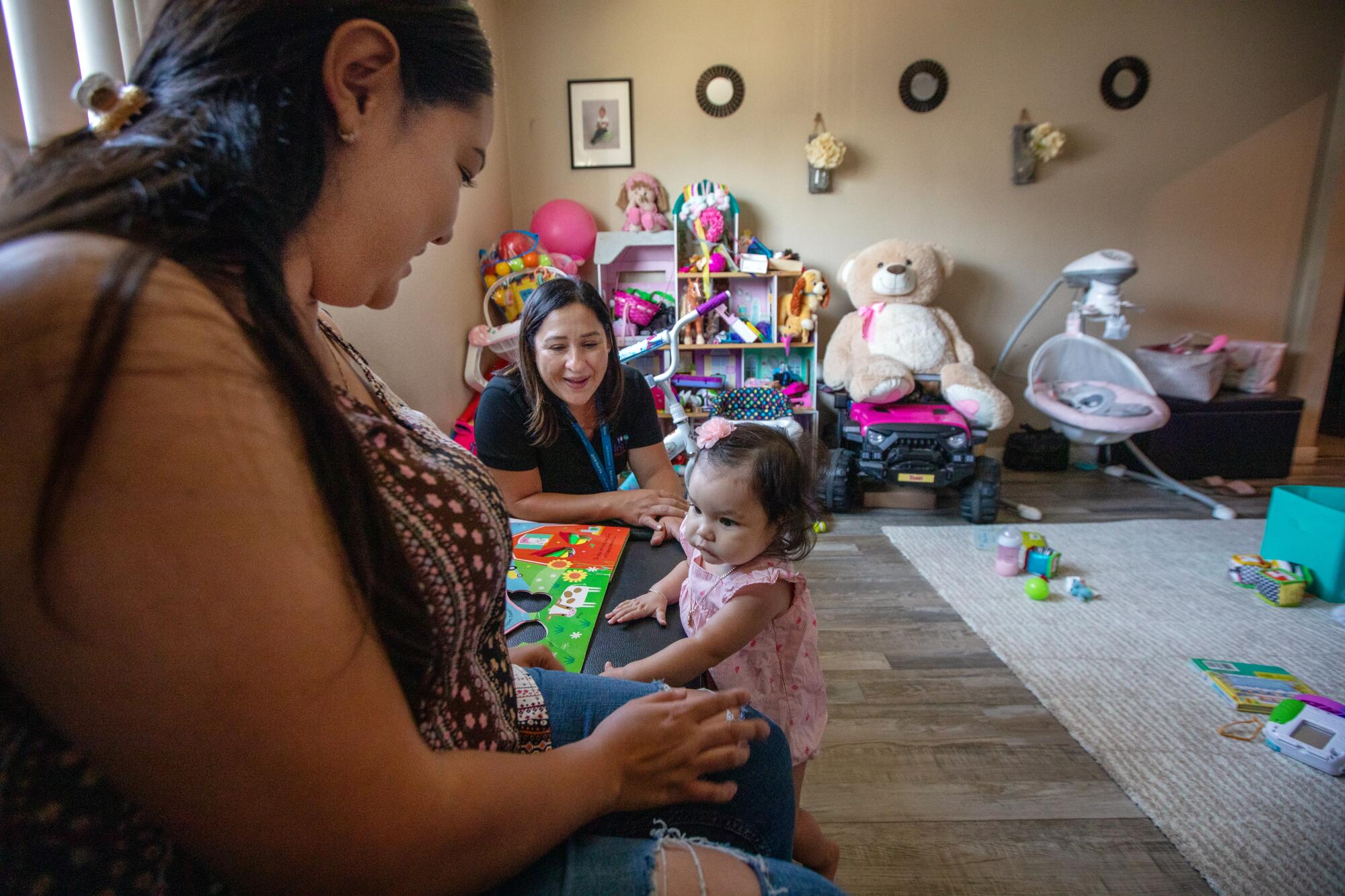
Compton — California voters eked out a win for children more than two decades ago based on a “sin tax.” Proposition 10 slapped cigarettes with a hefty surcharge to pressure smokers to give up their habit and used the money to improve the health and well-being of young children and their families.
It worked.
When the measure passed in 1998, about 1.5 billion packs of cigarettes were sold and taxed annually in California. By 2022, sales were down to fewer than 550 million packs.
The downside is the inherent paradox baked into the financing of the measure. The less people smoked over time, the less money was available for early childhood programs.
As Proposition 10 approaches its 25th anniversary in November, the “First 5” public agencies it created — named for the first five years of life — have hit a critical juncture as the decline in funding accelerates. A recent voter-approved ban on the sale of flavored tobacco, including menthol cigarettes, is projected to lead to a 20% decline in First 5’s tobacco tax revenue by June 2024.
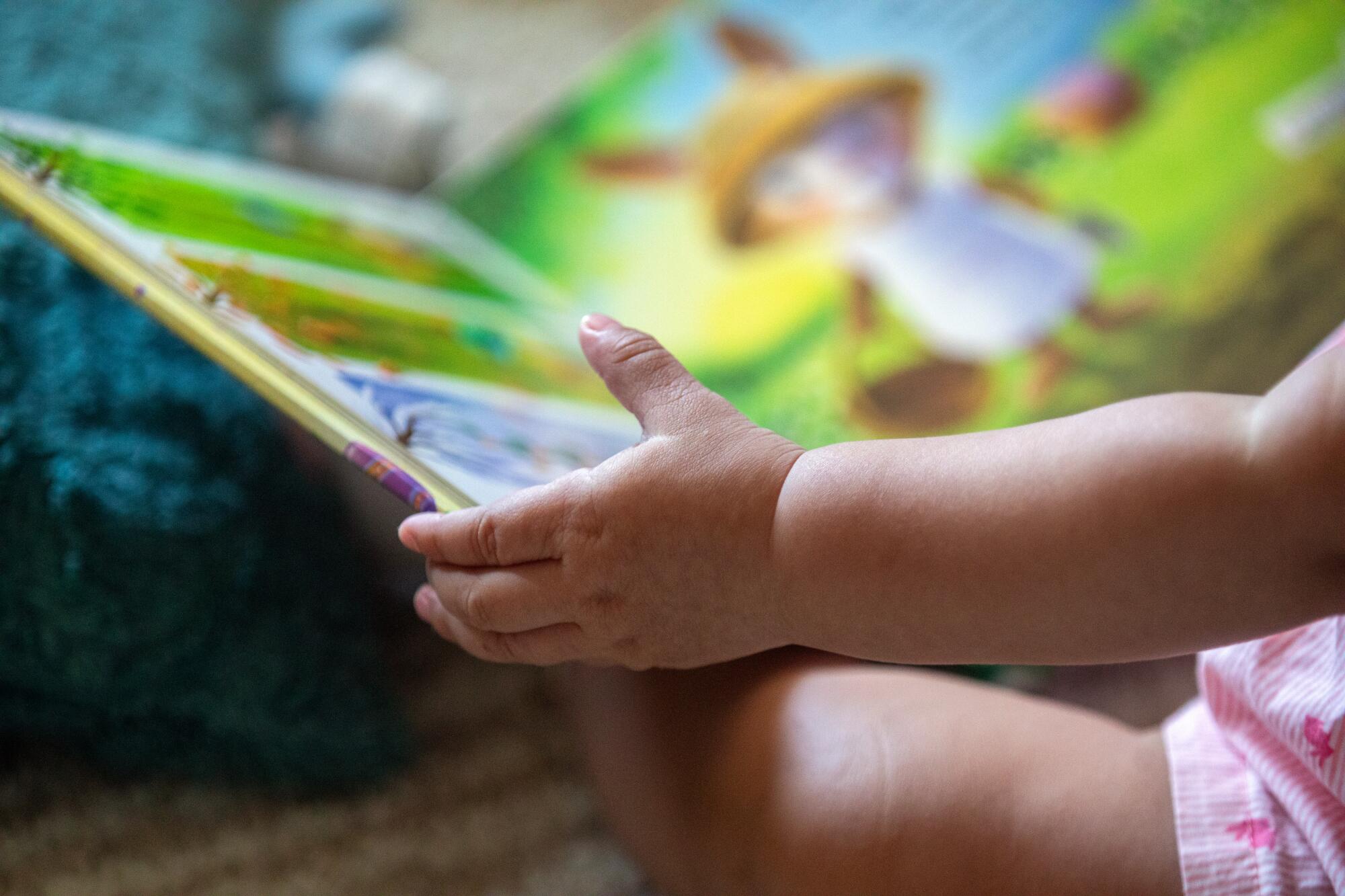
The well-known agencies that have collected more than $11 billion from smokers — for preschools, homeless family housing, pediatric dental and mental health services and key infant-mother home visiting programs, among others — are confronting an existential crisis. How do they remake themselves amid shrinking revenue, and what programs will they preserve with the money they have left?
“It seemed like a brilliant solution — tax the sinners who are smoking to help newborns and their parents. It was great,” said Deborah Daro, a senior research fellow at Chapin Hall at the University of Chicago and a First 5 Los Angeles consultant. “But then people stopped smoking, which from a public health perspective is great, but from a funding perspective for First 5 — they don’t have another funding stream.”
First 5’s tobacco tax funding peaked in 1999 — the first year of the program — at around $690 million, according to the First 5 Assn. of California, which represents the county groups. It hit a low of $388 million in the 2021-22 budget year despite being propped up by additional revenue, including a new tax on vaping products.
Proposition 10 called for 20% of revenue from the tobacco tax to go to a statewide agency focused on public outreach, research and statewide initiatives. The other 80% is divided among agencies serving the state’s 58 counties, based on birthrate, with First 5 Los Angeles getting the largest share, almost a quarter.
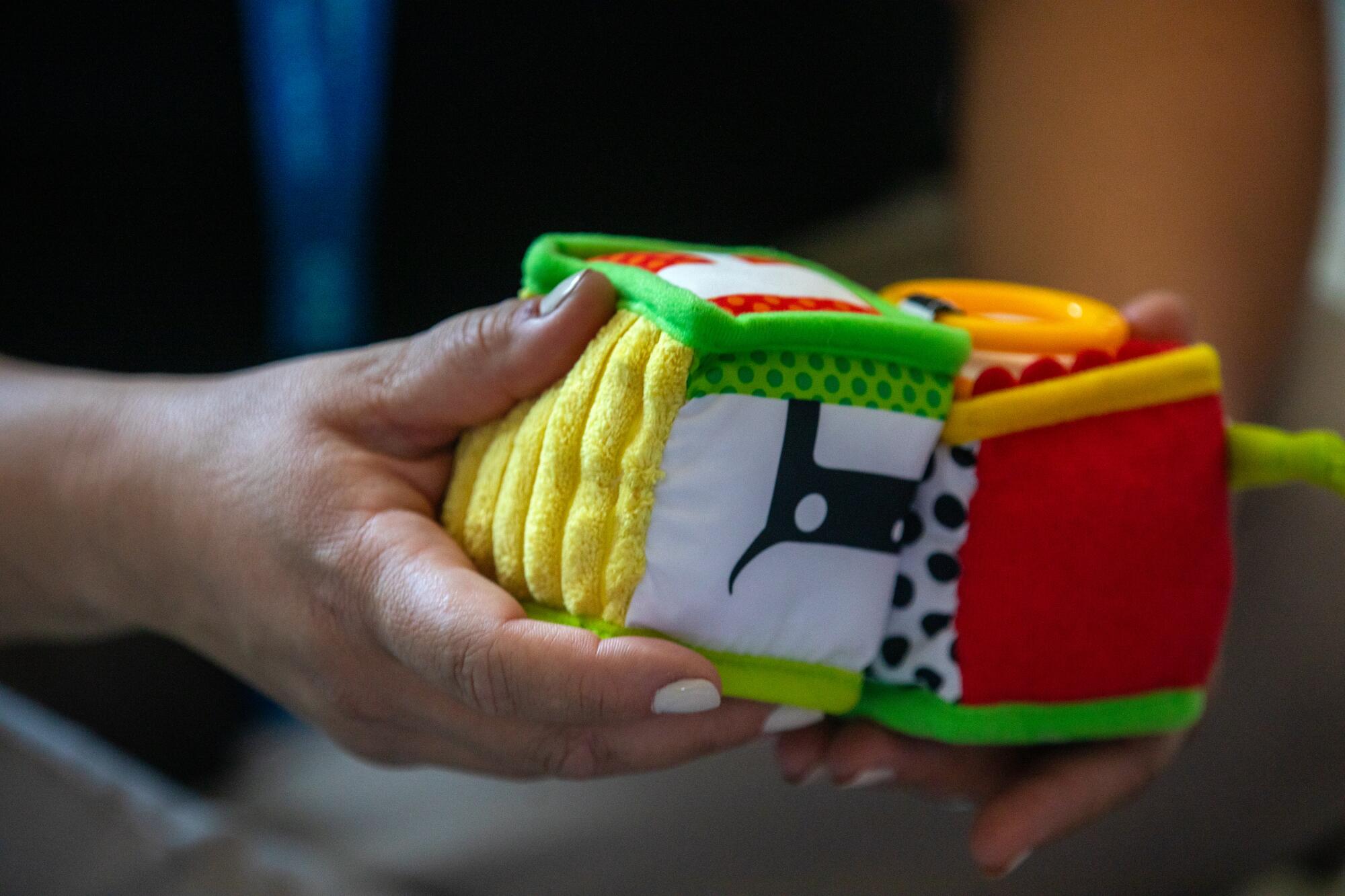
“The emergency is now,” said Avo Makdessian, executive director of the First 5 Assn. Without First 5, “I’m afraid California will lose its focus on our youngest residents.”
Small counties in particular are making cuts. At the end of last year, First 5 Butte County in the upper Central Valley, for example, stopped funding its partnership for developmental screenings and its contribution to the 211 health and human services information line. Unless another funding source is found, its home visiting program will end next year, said Executive Director Anna Bauer.
By 2029, Bauer estimates, First 5 Butte County will no longer have enough revenue to remain open.
With small counties hanging on by a thread, Makdessian said, the county association plans to ask the state for additional funding sources to maintain programs.
But there is some division between the county and the statewide First 5 group about whether to even seek more money.
Jackie Thu-Huong Wong, executive director of the state agency, said it has not yet taken a position. She said First 5 California is focused on transitioning to more of a policy role, using its money to lobby the state to invest more in early childhood and fund the most successful First 5 programs, such as home visiting. The agency thinks it can achieve this with ongoing revenue.
“What we know about tobacco is that it’s addictive,” she said. “I hate to sound so dark. But I don’t foresee a California without First 5.”
In recent years, the state has stepped in to fill the gap by investing more money in early childhood programs, including a massive expansion of public preschool and higher pay for child-care providers.
H.D. Palmer, a spokesperson for the state Department of Finance, said the administration is waiting on updated projections, including tobacco tax revenue, before making decisions about next year’s budget.
“In many ways you can say the work of First 5 has been done,” said Pedro Noguera, dean of the USC Rossier School of Education, pointing to the state’s universal preschool expansion as an example of success. “Sometimes it’s time to know when it’s time to declare victory and make an adjustment.”
The value of home visits
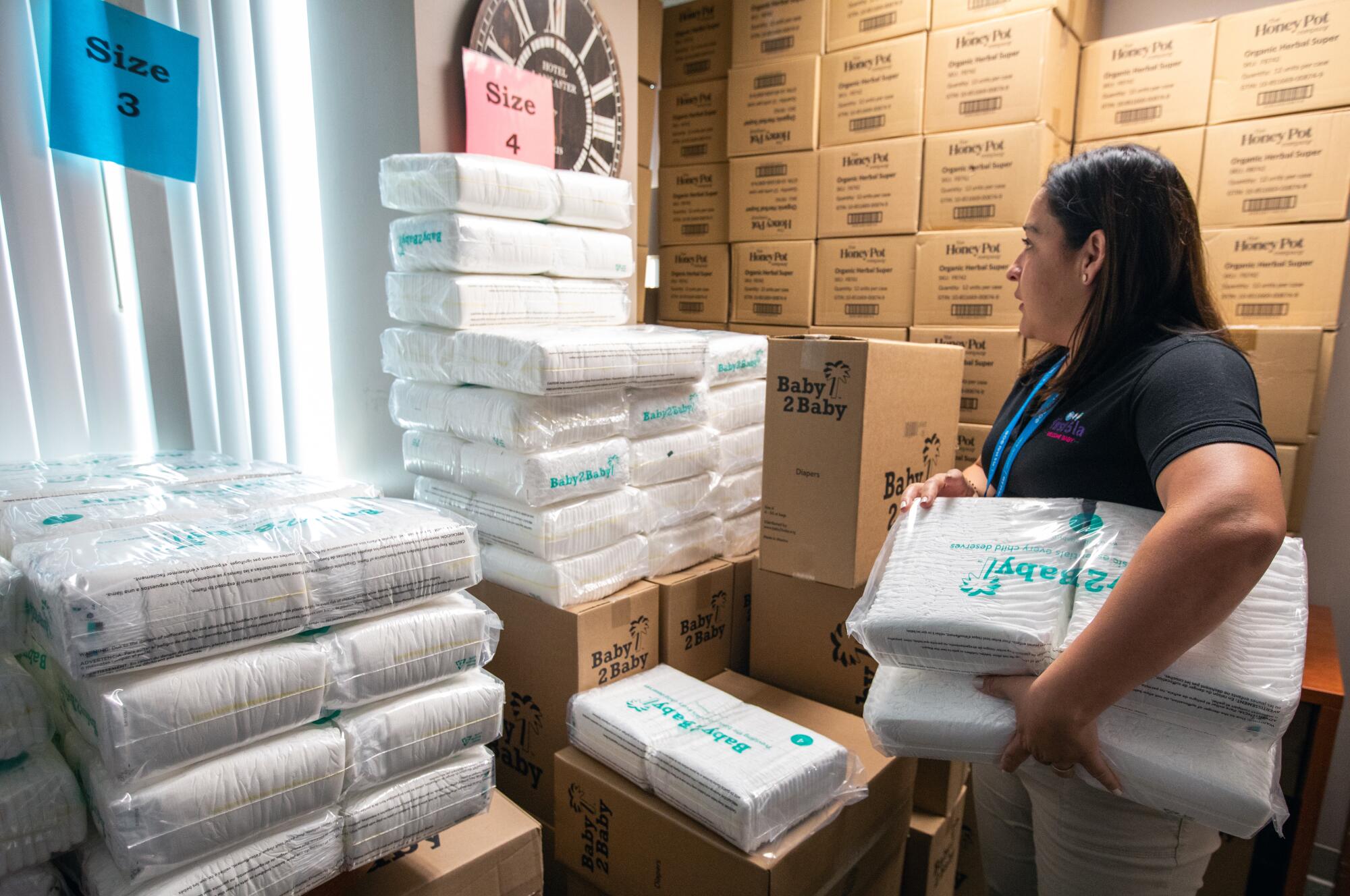
On a bright morning just days after Hurricane Hilary, Alba Mariscal packed the trunk of her Toyota with baby toys, diapers and instructional pamphlets and set off to visit new mothers in the South Los Angeles area. First stop, the Compton apartment of Ilse Ochoa and her family.
Ten-month-old Brianna was dressed for the visit in a pink dress embroidered with tiny pink bunnies. She sat on the floor wide-eyed and curious as she reached for one of the plush lettered blocks Mariscal brought for her.
“What a doll you are! Yes, you are!” Mariscal coos to her in Spanish.
Mariscal, a parent coach for the Welcome Baby home visiting program, also gushed with praise for Brianna’s 26-year-old mother, who moved to the U.S. from Guatemala four years ago. When Ochoa read her daughter a book, Mariscal exclaimed, “Yes! Literature is the most important thing for babies!”
Then Mariscal got down to business. Pulling out a document and pen, she began to go over her developmental assessment. First, Brianna’s language development: Is she making sounds like “ga” and “ba”? Does she say the same sound over and over again, like gagagaga? Check, check. Then her motor development. Is she crawling? Picking up small objects such as Cheerios one at a time? Check. Check.
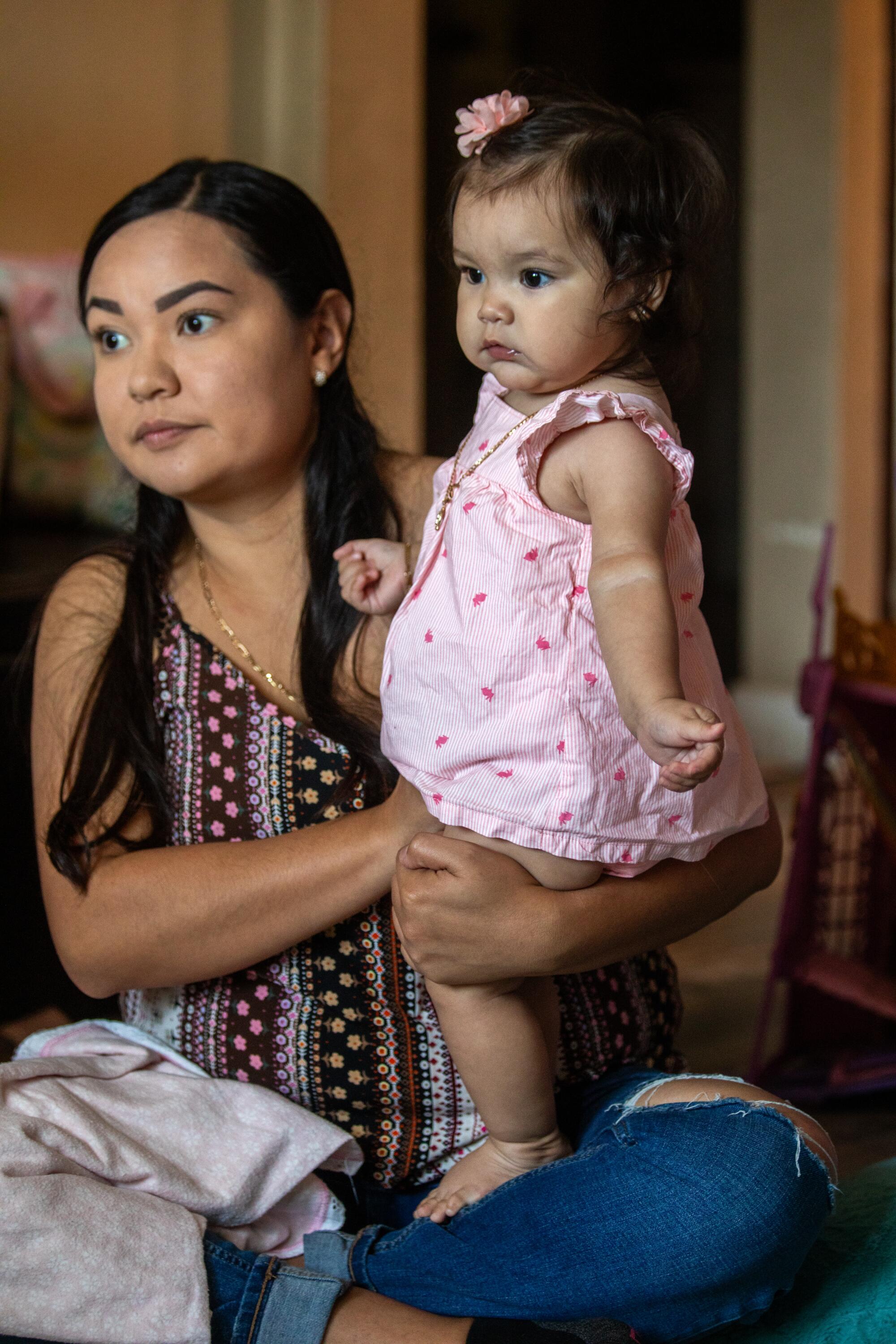
Building a mother’s confidence and ensuring her child’s development are on track are key components of Welcome Baby, a home visiting program that has served more than 15,000 families in L.A. County over the last year. Mariscal has been visiting Ochoa since she was pregnant.
Sometimes, Welcome Baby provides bigger-ticket items for families with limited resources. When Chayanne Niño and Daniela Prada, whom Mariscal visited later that day, arrived from Colombia seeking asylum, they did not have a car seat to bring their newborn daughter, Salome, back from the hospital, nor a crib to safely put her to sleep. Mariscal brought them both.
“These moms are overwhelmed, tired, sleep-deprived,” Mariscal said. “Often, they aren’t sending their other children to school because they can’t make it out of the house with a newborn in the weeks and months following the birth. Having someone come to them in the comfort of their own home is a game changer.”
Study after study has found that home visiting programs increase the chances mothers will successfully breastfeed and be screened for postpartum depression. Babies enrolled in home visiting programs are more likely to attend their well-child visits on time, complete the appropriate developmental screenings to identify delays, avoid maltreatment and be kindergarten-ready. Some programs last just a few months, while others for families with more serious needs can last for years.
But despite the evidence, fewer than 37,000 children in L.A. received a home visit in 2022 even though 750,000 children under age 5 are eligible, according to the Los Angeles County Perinatal and Early Childhood Visitation Consortium.
California ranks 43rd among 50 states and the District of Columbia in the percentage of eligible children under age 3 who receive evidence-based home visits — just 2.9% compared with the national average of 7.3%, according to the Prenatal-to-3 Policy Impact Center at Vanderbilt University.
Until 2019, First 5 county organizations were the largest investors in home visits in the state, according to the First 5 Center for Children’s Policy. The state of California did not make a major investment in voluntary home visiting until 2018, when it added a benefit through the CalWORKs program for low-income families. First 5 programs remain a leading provider, with 42 out of the 58 county First 5s providing support for a home visiting program.
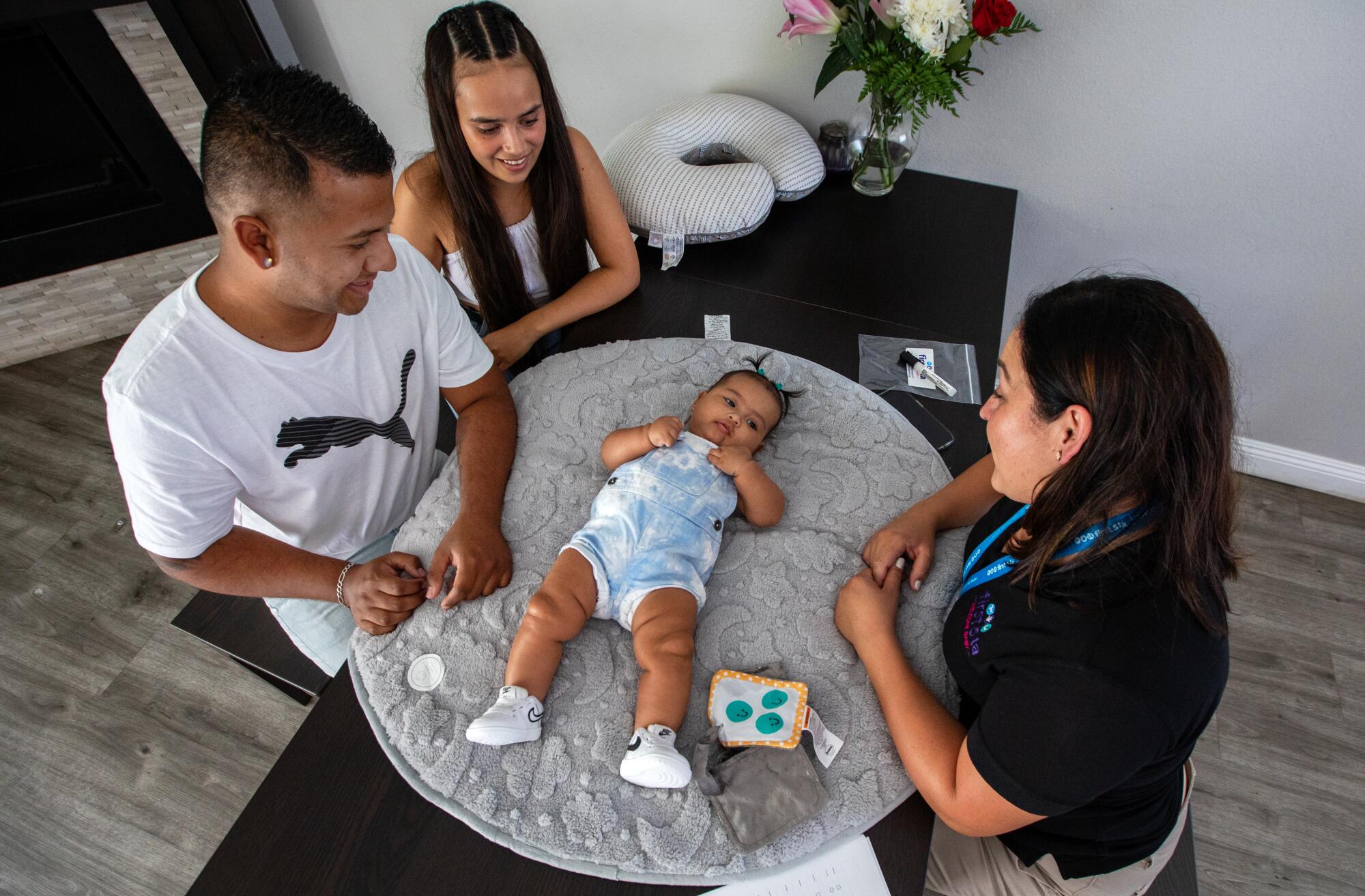
For many, including L.A., home visiting is among their highest priorities.
Although First 5 Los Angeles has sunset other programs, including the preschool expansion, home visiting has remained its last and largest direct service. Still, such visits have started to take a back seat.
Until 2019, First 5 LA funded more than half of home visits in the county; now, the majority of visits are paid for by a mix of federal, state and county funding streams. First 5 LA still funds about a third, $32 million this year, which includes a recent grant from the county Department of Mental Health.
“We’re trying to be innovative and collaborative,” said Diana Careaga, the agency’s director of family supports. “I don’t think First 5 is in its twilight.”
It’s unclear how long county First 5 home visiting programs across the state can be sustained at current levels. Kim Goll, executive director of First 5 Orange County, said state and county governments have not stepped up quickly enough to fill in the funding declines.
“We know that home visitation is one of the best interventions we can do,” Goll said. “It’s a race against the clock. Can we get these programs spread as our revenue is declining? It creates a little bit of a pressure cooker situation.”
Goll estimates that without an additional source of funding, it will be difficult for First 5 Orange County to survive beyond 2035. Like in L.A., home visiting will probably be the last thing to go, Goll said.
The program can also be an important bridge to help families connect with other crucial resources. That was the case for Ilse Ochoa and Brianna in Compton.
A few months ago, Ochoa noticed lines of black mold emerging on the white paint of her bathroom walls and ceiling. Sometimes while she was bathing Brianna, pieces of the mold would fall into the tub. Then came the baby’s persistent cough and congestion. At one point Brianna was having so much trouble breathing that Ochoa brought her to the emergency room. She begged her landlord to do something, but he kept putting her off.
Then she remembered Mariscal had invited her to reach out with anything she needed, so she sent a text. Mariscal helped her contact the Department of Public Health, which sent a threatening letter to the landlord: Fix the mold problem, or the family would not be paying rent.
The landlord cleaned out the mold, and Brianna soon stopped coughing.
Mariscal worries about her ability to help families like this one in the future.
“If we don’t see babies, and we don’t conduct assessments, how are parents going to know how to advocate for their babies?” she wonders.
More to Read
Sign up for Essential California
The most important California stories and recommendations in your inbox every morning.
You may occasionally receive promotional content from the Los Angeles Times.












